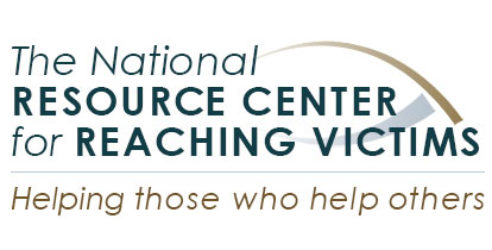Opening the Door to Healing: Reaching and Serving Crime Victims Who Have a History of Incarceration
Opening the Door to Healing: Reaching and Serving Crime Victims Who Have a History of Incarceration explores the realities of survivors who live with a history of both victimization and incarceration. The report, based on a needs assessment that encompassed informational interviews, listening sessions, and a review of academic and practice literature, reflects what the National Resource Center for Reaching Victims has come to understand about this community of survivors: the shame and stigma of being “offenders” eclipses the less visible but painful reality that they are also survivors of violence—harm that may have happened to them before, during, and/or after their time behind bars.
For many reasons, survivors who have previously been incarcerated often don’t get the help they need to heal. The stigma of being formerly incarcerated and the stark lines between “victim” and “offender” in our society are deep-seated. That stigma can make it extremely challenging for survivors who have previously been incarcerated to seek help. It can also make it hard for victim service providers to see this population of survivors as crime victims. On the other hand, a number of formerly incarcerated people do get support from reentry programs during their transition back to the community after a period of incarceration. However, most reentry programs are designed to help people find housing and jobs, not heal from trauma.
This report examines how these circumstances create barriers to healing services for formerly incarcerated survivors. It also offers hope and points to real opportunities for change—ranging from naming this population of survivors to help reduce stigma and affirm their humanity to building skills and collaboration among victim service providers and reentry programs.

